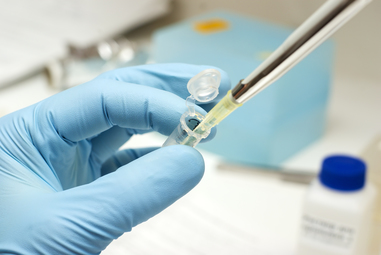Description
The servicing of analytical and life science instrumentation is vital to maintaining instrument performance capabilities and maximize the life of costly lab assets. Whether provided by the original instrument manufacturer or by a third party service provider, the service market includes all service contracts and any replacement parts installed during servicing. Other services like software support and validation service are also included. However, the value of in-house service is excluded from our analysis.
Despite economic challenges in China and cautious consumer spending in North America and Europe, the demand for servicing existing analytical instruments remains constant. These instruments play essential roles in quality control, quality assurance, analytical service release testing, applied R&D, and basic research across various industries. Routine preventive maintenance and timely repairs are critical drivers in the service industry, helping offset declines in instrument purchases and associated service contracts.
During the pandemic, new features such as remote support, live chat, video conferencing, and desktop sharing gained prominence. Coupled with a generational shift, increased instrument downtime, and rising costs, these features now address customer needs more effectively. Further as artificial intelligence continues to advance, there is a growing need to implement intelligent features that further reduce instrument downtime and costs for both users and vendors. While the successful implementation remains to be seen, it’s evident that customers are receptive to ideas that lower service costs, improve response times, reduce instrument downtimes, and extend the life of their instruments.
The 2024 Analytical & Life Science Instrumentation Service Market provides valuable market information and insights for the service market within ten technology segments of the analytical instrument industry. This brief is organized to provide a snapshot of current and future service demand, which is segmented by technology, service type, sector, function, and region. It also explores the competitive landscape of the service market or each technology, including a list of the top vendors and their market share positions. To supplement this data, this publication also analyzes the results of an end-user survey of 264 laboratory personnel, located across regional end markets, who are involved in instrument service spending and allocation. The survey results also provides insights into how instrument usage, service coverage and frequency, budgets, other macroeconomic factors come into play and form service market trends.
Report Overview:
- Analytical and life science instrumentation technologies covered in this report include:
-
- Chromatography
- Mass Spectrometry
- Atomic Spectroscopy
- Molecular Spectroscopy
- Life Science Instrumentation
- Surface Science
- Materials Characterization
- Lab Automation & Informatics
- Sample Preparation Techniques
- Lab Equipment
- The breakdown and definition of service coverages, which are segmented into the following service type:
-
- Initial Warranty & Installation
- Extended Warranty & Service Contracts
- Maintenance & Calibration
- Non-Warranty Instrument Service/Repair
- Lab and Personnel Support
- Market demand segmented by technique, service type, sector, region, and function, along with market forecast for the next five years.
- Vendors share of participating service provider in each technology category in the global market. Some of the top vendors in the overall service market are presented below:
- Agilent
- BD Biosciences
- Beckman Coulter (Danaher)
- Bruker
- Eppendorf
- Hamilton
- Hitachi High Technologies
- Illumina
- JEOL
- Leica Microsystems (Danaher)
- Malvern Panalytical (Spectris)
- Mettler Toledo
- PerkinElmer
- Sartorius
- SCIEX (Danaher)
- Shimadzu
- Tecan
- Thermo Fisher
- Waters
- ZEISS
- End user perspective from 264 respondents around the world revealing various trends in the analytical and life science instrumentation service market.






